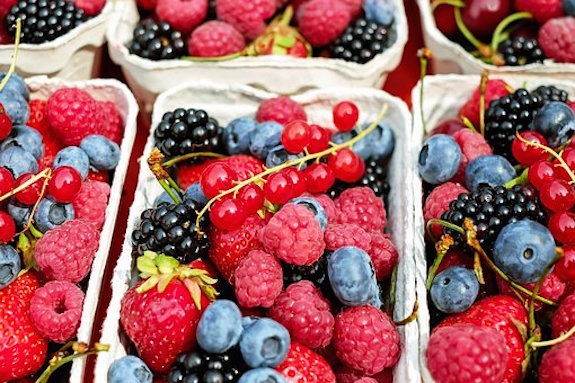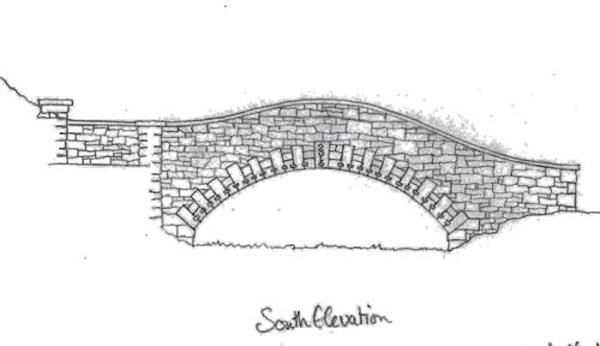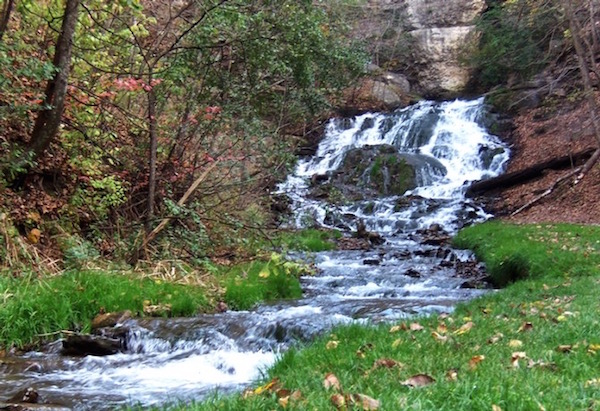Kissel
An extraordinary project has been happening in our little town this year.
Our resident English stone-guru Ted Wilson is building a dry-stone arch bridge with the help of Sean Smyth from Missoula, MT who travels around the country working on complex stone projects like this. Dry-stone is an ancient building method that uses no mortar. Dry-stone bridges have been built for centuries—the stones need a trapezoidal shape and a tight fit, then the arch holds its shape by only the pressure of the stones against each other. Sound formidable and challenging to build?? That’s why this is such a rare sight to view first-hand.
The top photo is lit by our headlights—we were leaving town at 5:00 a.m. for a few days and Scott wanted me to see the wooden brace in case it was removed before our return. Fortunately everything moved at a pace that allowed us to be there for the momentous occasion, along with a crew of stone-savvy spectators who understood the amazingness of this likely-once-in-a-lifetime event.
Limestone in the arch was recycled from a local historic school that was demolished a few years ago.
Click here for a short video of them removing the support.
The wooden support removed and everything still standing…then the traditional celebration of the builders standing on the arch. Stonemason’s Success!
And now for something completely different.
Kissel is a gelatinous fruit dish thickened with potato or corn starch and is either served as a sauce or a drink depending how thick the texture. It’s common in Finland, the Baltic countries, eastern Europe and Russia and is a traditional Christmas treat.
Wondering about the difference between potato and corn starch as a thickening agent? Use the same amount, one-to-one substitution. Cornstarch requires more cooking, potato starch is silky, thickens quicker and at a lower temperature, but both need to be whisked and dissolved with cold water to avoid clumps. Read more about grain and root starches here.
Almost any kind of berry can be used and sometimes wine, fruit juice and dried fruits are added. The sauce is often served over ice cream, cheese curd or quark, rice pudding, cheesecake, or pancakes. At our Estonian Dinner we served it over Chévre Cheesecake.
For one of your Holiday desserts try Kissel with Riskrem, the Scandinavian Rice Pudding that is divinely loaded with whipped cream.
Wishing you knew what to call this in another language? Lucky you!
Estonia: kissell
Finland: kiisseli
Latvia: ķīselis
Lithuania: kisielius
Poland: kisiel
Russia: кисель, kisél’
Ukraine: кисiль
Kissell
Prep Time: 10 minutes
Cook Time: 15 minutes
Simmer in a pan until berries are falling apart:
4 cup Berries (Raspberries, Strawberries, Bilberries, Cranberries, Blackberries—whatever you have or want)
5 cups Water or real Fruit Juice
1/4 – 1/2 cup Sugar—to taste—some berries will be sweeter than others, and if you use Fruit Juice it may add sweetness.
Press the berry mixture through a strainer or mesh sieve.
Either add the crushed berries back for a more rustic body in your kissel, or don’t add them back if you want a cleaner more ‘jelly’ look.
Pour the mixture back into the saucepan.
Mix together”:
1 cup cold water
1/2 cup Potato Starch (Don’t use potato flour. If using cornstarch the cooking time will be longer.)
Dash of Vanilla
Whisk into the berry mixture. Boil and whisk vigorously until the mixture thickens.
Turn off heat and stir occasionally while it cools.
Other possibilities:
Basil
Lemon Juice
Muscato wine
Plan for the finished bridge, and the waterfall feeding the stream over which it bridges.
“Earth’s crammed with heaven….”
Elizabeth Barrett Browning









Hello, Elder Ruthie–
Two questions:
>I don’t have potato starch; do I use exactly the same amount of corn starch? Do they behave the same way?
>Is that stone footbridge up and out of the way of your flood areas?
Yes, same amount—I just added a few sentences to the post about this. Cornstarch takes more cooking to thicken, and both need to be whisked with cold water first….it’s a clumpy disaster to add them to hot water.
They were working on the bridge this summer during the floods and the area seemed to hold up fairly well. That stream is coming from underground flow and not a river or hill runoff…but it was still flowing heavier than any locals have ever seen it. I guess we’ll find out…
And potato starch is different than potato flour—-potato flour can be used for moderate thickening of a gravy but I would NOT use it for this recipe.
I’m ignoring that ‘Elder’ comment ;-)